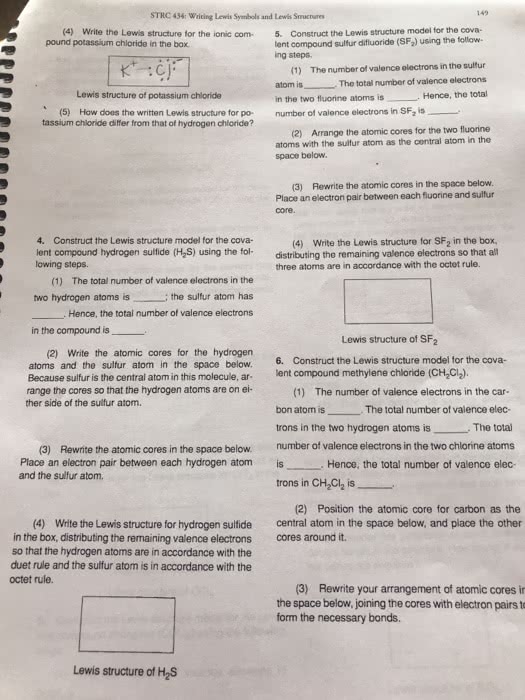CHEM1006 Lecture Notes - Lecture 17: Octet Rule, Ionic Bonding, Ionic Compound
Document Summary
Ionic bonds are a class of chemical bonds that result from the exchange of one or more valence electrons from one atom, typically a metal, to another, typically a nonmetal. This electron exchange results in an electrostatic attraction between the two atoms called an ionic bond. An atom that loses one or more valence electrons to become a positively charged ion is known as a cation, while an atom that gains electrons and becomes negatively charged is known as an anion. This exchange of valence electrons allows ions to achieve electron configurations that mimic those of the noble gases, satisfying the octet rule. The octet rule states that an atom is most stable when there are eight electrons in its valence shell. Atoms with less than eight electrons tend to satisfy the duet rule, having two electrons in their valence shell. By satisfying the duet rule or the octet rule, ions are more stable.


